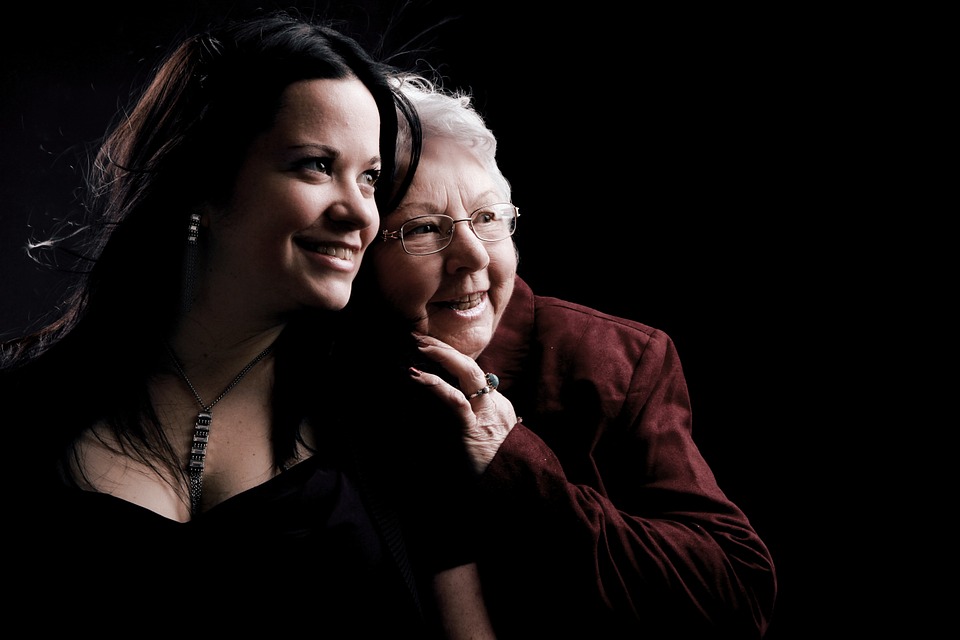According to an analysis of the annual demographic estimates of the recently published American Community Survey (ACS) in 2015, a substantial number and proportion of elderly Americans live in “multigenerational” households. In total, 20.3% of all non-institutionalized adults aged 65 and over – about 9.4 million people – live in multigenerational households that include at least two generations of adults (over 25 years of age) . The AEC data also show large differences in the prevalence and composition of multigenerational households by age, race and ethnic origin.
The new data reflect not only the growing number of older Americans, but also the share of older Americans living in multigenerational households that has been growing since the 1980s. These trends are likely to continue as baby boomers Aging. Importantly, multigenerational life could allow some older Americans to enjoy a better quality of life while aging up, as the overwhelming majority of people want to do. At the same time, for some families of limited means, multigenerational life may be a financial necessity rather than a desirable life situation. Regardless of why they choose multigenerational lifestyles, providing families with education and support services to properly modify their homes could help these arrangements be as safe, effective and beneficial as possible.
Who lives in multigenerational homes?
Almost two-thirds of the 9.4 million seniors living in multi-generational households live in households with exactly two generations of adults (usually parents and adult children aged 25 or older). The rest consists of households of three generations or more, which usually include grandparents, adult children and grandchildren.
Trends in multigenerational life also change with age (Figure 1). The proportion of people living in multigenerational contexts is highest among persons aged 20 and over (mainly due to adult children who are still living at home), and then decreases among those aged 30 as Young people move and form their own household. The share increases further for people in their early quarantine until reaching a peak at about 23% for people in their late fifties. This sandwich age group includes people who live with their adult children, those living with aging parents, who often need daily support and care, and those living with their children and aging parents.

Because adult children leave home and elderly parents disappear, the proportion of people living in multigenerational households decreases in those aged 60-70. However, the proportion increases steadily for people over the age of 70, who often begin to face financial challenges and health problems. Among the oldest age groups (85 years and over), 27% – about 1.5 million people – lived in multi-generational households by 2015.
In addition to age differences, people of color and foreign-born are much more likely to live in multigenerational contexts than non-Hispanic whites and US-born (Figure 2). More than 25% of Blacks of origin, Hispanics and Asians / other people aged 65 and over live in multigenerational households, as are more than 45% of foreign-born in these three groups . In contrast, 15% of non-Hispanic whites born in the country of the same age and just over 20% of non-Hispanic whites born abroad live in multigenerational households.

Because adult children leave home and elderly parents disappear, the proportion of people living in multigenerational households decreases in those aged 60-70. However, the proportion increases steadily for people over the age of 70, who often begin to face financial challenges and health problems. Among the oldest age groups (85 years and over), 27% – about 1.5 million people – lived in multi-generational households by 2015.
In addition to age differences, people of color and foreign-born are much more likely to live in multigenerational contexts than non-Hispanic whites and US-born (Figure 2). More than 25% of Blacks of origin, Hispanics and Asians / other people aged 65 and over live in multigenerational households, as are more than 45% of foreign-born in these three groups . In contrast, 15% of non-Hispanic whites born in the country of the same age and just over 20% of non-Hispanic whites born abroad live in multigenerational households.
Impacts on housing and services
As this growth occurs, it will be important to reflect on how existing new housing could be designed or modified to best meet the needs of multigenerational households. Universal design features, including single-storey living, zero-foot entrances, corridors and doors large enough to accommodate wheelchairs, walkers or strollers can make homes more accessible for seniors with Limitations of mobility as well as for their grandchildren. Flexible accommodations that can evolve as family needs evolve, as well as the addition of semi-private spaces for each generation (such as law suites with separate entrances, multiple master or kitchen Housing units accessory) The housing stock better suited to multigenerational households.
While multigenerational life works well for many households, it is important to note that this is not necessarily a desirable option for each family. Rather, multigenerational living may be a financial necessity rather than an attractive housing option not only for low-income families but also for low-income families living in higher-cost areas. In addition, sharing a house with several generations can be difficult, especially if the home is small, has insufficient conveniences, or there are clear or unrealistic expectations regarding responsibilities for both finances and personal care.
Finally, informal assistance from family members may not be an adequate replacement for professional care, especially for aging adults with severe health problems. It will be essential, therefore, to provide families with advice on how to live successfully in multi-generational contexts, and perhaps to provide financial support for home improvements and modifications, if multigenerational Attractive and comfortable option for families. While the design and implementation of these policies and programs will be difficult, such efforts have the potential to provide a more attractive and profitable housing option for older Americans and their families.



Leave a Reply